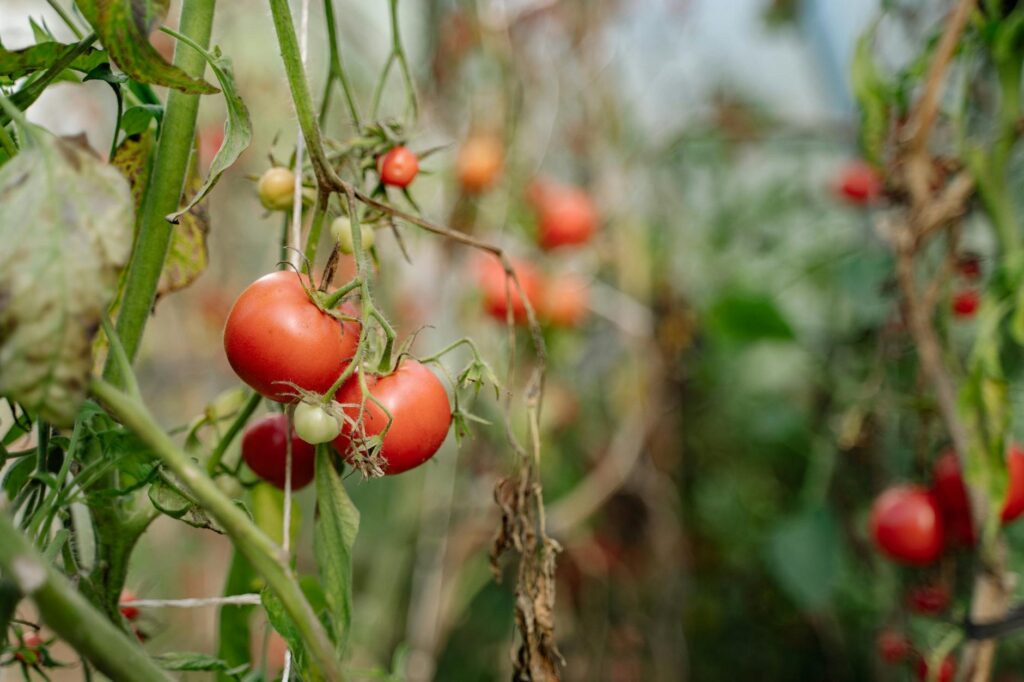Greenhouse ventilation is a critical aspect of greenhouse management that can significantly impact plant health and productivity. Proper ventilation ensures that your greenhouse maintains optimal temperature, humidity, and air quality, which are essential for healthy plant growth. In this blog post, we will explore the various methods of greenhouse ventilation, the importance of airflow, and tips for optimizing your greenhouse environment.
Why Greenhouse Ventilation Matters
- Temperature Control: One of the primary benefits of greenhouse ventilation is temperature regulation. Greenhouses can trap heat, leading to excessively high temperatures. Effective ventilation helps to cool the greenhouse, preventing heat stress on plants. Installing roof vents, side vents, or exhaust fans can facilitate this process.
- Humidity Regulation: High humidity levels can promote fungal diseases and mold growth. Ventilation allows excess moisture to escape, maintaining a balanced humidity level. This is especially important during warmer months when plants transpire more water.
- Air Quality Improvement: Stale air can hinder plant growth and development. Proper airflow ensures that carbon dioxide (CO2) levels remain optimal for photosynthesis. Integrating a ventilation system helps to circulate fresh air, enhancing plant health and vigor.
Types of Greenhouse Ventilation
- Natural Ventilation: Utilizing natural forces, such as wind and thermal buoyancy, natural ventilation relies on openings like vents and windows to promote airflow. This method is cost-effective and energy-efficient but may require careful planning to optimize airflow patterns.
- Mechanical Ventilation: For larger greenhouses or those in regions with less favorable climates, mechanical ventilation systems, such as fans and ductwork, can provide consistent airflow. These systems can be automated to respond to temperature and humidity levels, ensuring optimal conditions for plant growth.
- Hybrid Ventilation: Combining both natural and mechanical methods, hybrid ventilation systems can offer flexibility and efficiency. During cooler periods, natural ventilation can be maximized, while mechanical systems can take over during hotter months.
Tips for Optimizing Greenhouse Ventilation
- Strategic Vent Placement: Position vents to create effective cross-ventilation. Place intake vents low and exhaust vents high to allow cooler air to enter and warm air to escape.
- Automate Your System: Consider installing temperature and humidity sensors that automatically open or close vents and activate fans. This ensures that your greenhouse environment remains stable with minimal manual intervention.
- Regular Maintenance: Keep vents and fans clean and free of obstructions to ensure they function effectively. Regularly inspect and service your ventilation system to prevent failures.
- Monitor Environmental Conditions: Use tools like hygrometers and thermometers to track temperature and humidity levels in your greenhouse. This data can inform adjustments to your ventilation strategy.
Conclusion
Greenhouse ventilation is a vital component of successful greenhouse management. By ensuring proper airflow, you can maintain optimal temperature and humidity levels, ultimately leading to healthier plants and higher yields. Whether you opt for natural, mechanical, or hybrid ventilation systems, prioritizing effective ventilation will pay off in the long run.
For more information on greenhouse management practices, check out Greenhouse Management Resources and University Extension Programs.

